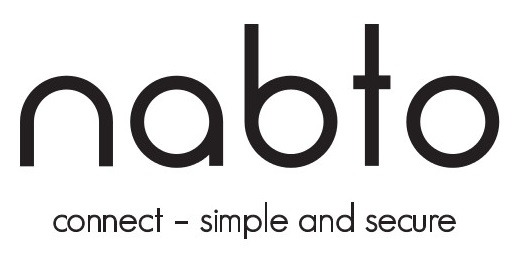
Nabto
Imagine that all electronic devices are born with their own individual device-id, to distinguish them on the Internet. The unique device-id would work like the URL of web pages, email addresses and Skype™ caller-ids, allowing any device to be instantly recognizable.With the device-id, you can seamlessly connect to the device, and read or visualize the data inside it. The data helps you to understand the usage, operation and working environment of the device, letting you make better and faster decisions. Based on this new knowledge, and the ability to link to the device, you can easily issue commands to alter the behavior of the device and the operations it controls, making your environment safer and more comfortable. As a company, you might even be able to develop new business models and revenue, or create new, better products, based on the information you have accessed from the device.We believe the way to do this is by creating an ‘Internet of Things’ (IoT) infrastructure, based on a